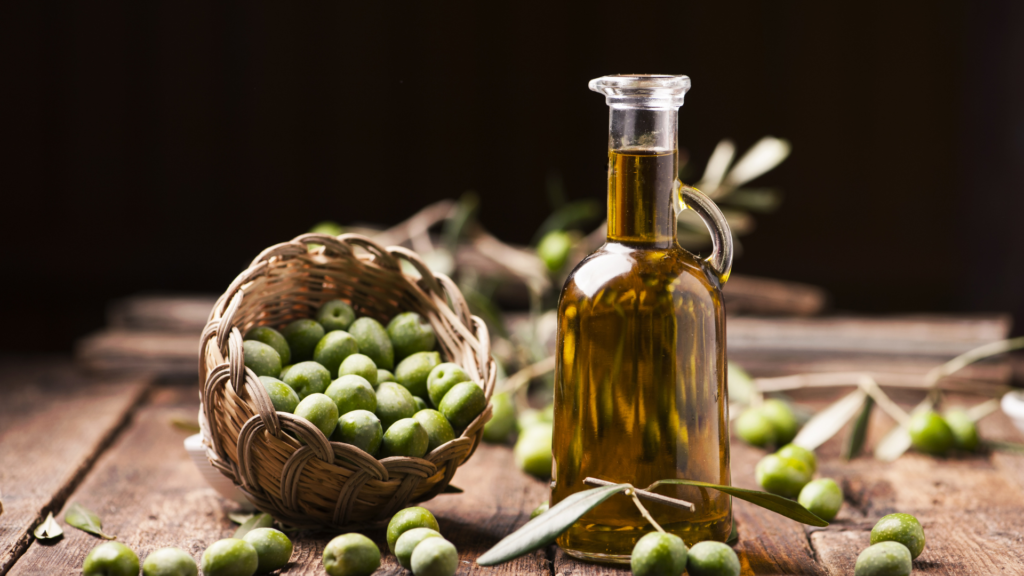From the Aegean coast to the fertile plains of Anatolia, Turkish olive oil offers a spectrum of flavors, textures, and aromas that make it a staple in kitchens worldwide. If you’re looking to explore the best olive oil in Turkey, here’s a guide to help you understand its varieties, regions, and uses.
A Historical Perspective
The olive tree has been a part of Turkish culture for thousands of years. Archaeological findings suggest that olive cultivation in Anatolia dates back to at least 4000 BC. The ancient civilizations of the Hittites, Romans, and Byzantines cultivated olives not just for culinary purposes but also for medicinal and ceremonial uses. This long history is reflected in the exceptional quality of Turkish olive oil today.
Top Olive Oil Regions in Turkey
Turkey’s diverse geography provides ideal conditions for growing a variety of olives, each contributing unique characteristics to the oil they produce. Here are the most notable regions:
1. Aegean Region
Known as the heartland of olive oil production, the Aegean region is home to varieties like Memecik and Ayvalık. These olives produce oils with fruity and grassy notes, often with a hint of peppery bitterness. The region’s mild climate and fertile soil create ideal conditions for high-quality olive oil.
2. Marmara Region
Famous for Gemlik olives, the Marmara region is celebrated for its medium-intensity olive oils. These oils are smooth, slightly nutty, and perfect for everyday cooking or drizzling over salads.
3. Mediterranean Region
The Mediterranean coast, particularly around Antalya, offers olive oils with bold and robust flavors. The Tarsus variety is well-known here, producing oil with a distinct earthy and herbaceous profile.
4. Southeastern Anatolia
Although primarily known for its pistachios, this region also produces excellent olive oils. The Halhali olive variety thrives in this semi-arid climate, yielding oils with a rich, buttery texture.
Types of Turkish Olive Oil
Turkish olive oils are categorized based on their production methods and acidity levels:
- Extra Virgin Olive Oil (EVOO): The highest quality, cold-pressed from fresh olives. It has an acidity level below 0.8% and offers a pure, fruity flavor.
- Virgin Olive Oil: Slightly higher in acidity (up to 2%), it’s still a good choice for dressings and dips.
- Pure Olive Oil: A blend of virgin and refined olive oils, suitable for cooking.
- Lampante Olive Oil: Not for direct consumption, this oil is refined and used in industrial applications.
The Best Olive Oil Brands in Turkey
Here are some of the top Turkish olive oil brands that have gained international recognition:
1. Komili
One of Turkey’s oldest and most trusted brands, Komili offers a range of olive oils, from robust extra virgin to mild cooking oils. Their products are widely available both locally and internationally.
2. Taris
Taris is a cooperative that represents thousands of olive farmers. Their Ayvalık and Memecik oils are particularly prized for their fruity and well-balanced flavors.
3. Köyceğiz
Based in the Mediterranean region, Köyceğiz specializes in organic olive oils. Their products are known for their bold and peppery taste.
4. Nova Vera
Nova Vera is an award-winning boutique brand producing premium extra virgin olive oils. Their focus on sustainability and traditional methods ensures top-notch quality.
5. Olea
A relatively new brand, Olea combines modern techniques with ancient traditions to create aromatic and flavorful olive oils.
How to Choose the Best Olive Oil
Selecting the right olive oil depends on your culinary needs and personal preferences. Here are some tips:
- Check the Label: Look for details such as “extra virgin,” the production date, and the region of origin.
- Acidity Level: Opt for oils with low acidity for the purest flavor.
- Taste and Aroma: Fruity, grassy, or peppery notes indicate freshness.
- Packaging: Choose oils in dark glass bottles or tins to protect them from light and heat.
- Certifications: Look for certifications like “PDO” (Protected Designation of Origin) for authenticity.
Health Benefits of Turkish Olive Oil
Olive oil is not just a culinary delight; it’s also a powerhouse of health benefits:
- Rich in Antioxidants: Turkish olive oil contains polyphenols that fight inflammation and protect against chronic diseases.
- Heart Health: The monounsaturated fats in olive oil help lower bad cholesterol and reduce the risk of heart disease.
- Skin and Hair Care: Its moisturizing properties make it a natural remedy for dry skin and hair.
- Digestive Health: A tablespoon of olive oil daily can improve gut health and prevent constipation.
Culinary Uses of Turkish Olive Oil
Turkish olive oil is incredibly versatile in the kitchen. Here are some popular ways to use it:
- Dips and Spreads: Pair it with freshly baked bread or drizzle over hummus.
- Salads: Enhance your salads with a splash of extra virgin olive oil.
- Cooking: Use it for sautéing, roasting, or grilling for a healthy twist.
- Desserts: Believe it or not, olive oil is a key ingredient in many Turkish desserts like revani (semolina cake).
Exploring Olive Oil Tourism in Turkey
For true enthusiasts, olive oil tourism is a fantastic way to experience Turkey’s rich olive oil culture. Many producers offer tours of their groves and mills, along with tasting sessions. The Olive Oil Museum in Adatepe is a must-visit for those keen to learn more about the history and production of this golden elixir.
Conclusion
Turkish olive oil is a testament to the country’s rich agricultural heritage and culinary excellence. Whether you prefer the fruity notes of Ayvalık oils or the bold flavors of Mediterranean varieties, Turkey offers something for every palate. So, the next time you’re in Turkey or browsing international markets, don’t miss the opportunity to indulge in this liquid gold. Your taste buds and health will thank you!

